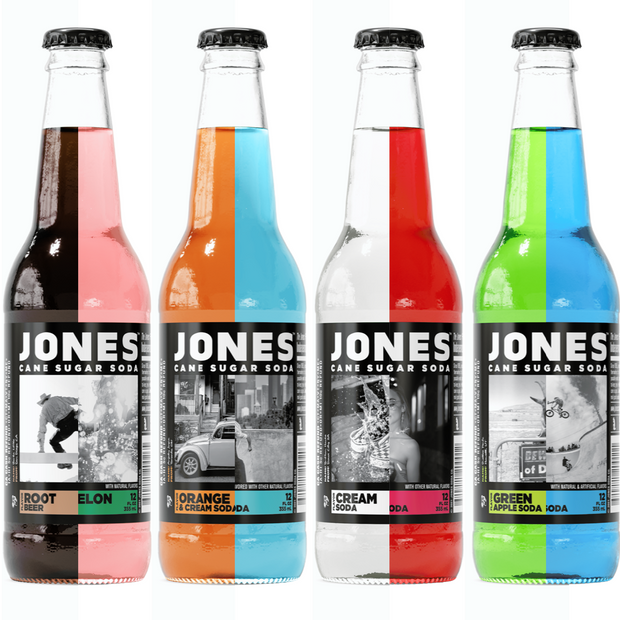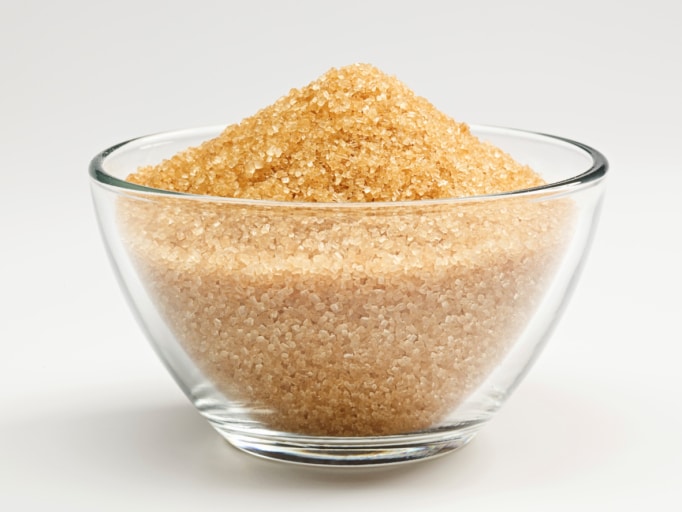Checking Out the Comprehensive Steps Associated With Walking Cane Sugar Processing From Harvesting to Improvement
The procedure of walking cane sugar production incorporates a series of complex actions, beginning with the mindful harvesting of sugarcane and culminating in the refinement phases that ensure the last product fulfills sector requirements. Each phase, from the extraction of juice to the purification and condensation procedures, plays an essential role in establishing the quality and personality of the sugar.
Gathering Sugarcane
Gathering sugarcane is a critical step in the cane sugar processing chain, as it directly influences the high quality and yield of the last item. Correct timing and strategies are essential throughout this stage to make certain optimal sugar content and lessen losses. Typically, sugarcane is collected when it gets to maturation, usually 12 to 18 months after growing, identified by a high sucrose focus.

Post-harvest, the sugarcane must be processed swiftly to stop sucrose degradation. Ideally, harvested cane needs to be transferred to processing facilities within 24 hours to maintain sugar top quality. As a result, reliable logistical planning is crucial to maintain the honesty of the gathered crop throughout the supply chain.
Extraction Refine
:strip_icc()/How-to-Plant-and-Grow-Sugar-Cane-965303384-2fdac181359d44c185dfa7988fc181a8.jpg)
The smashed cane undergoes a collection of pushing procedures to make the most of juice recovery. Commonly, warm water is splashed onto the crushed cane, developing a countercurrent circulation that aids dissolve the sugar while also aiding in the removal process. The juice gathered from this procedure has not just sugar but also numerous organic substances and contaminations.

To boost extraction effectiveness, some centers may utilize diffusion methods, where the sugarcane is soaked in warm water, allowing the soluble sugars to diffuse right into the liquid. The resulting juice, abundant in sucrose, is after that routed to succeeding processing stages, laying the foundation for purification and refinement. The extraction procedure is hence pivotal in identifying the high quality and yield of the final sugar product.
Purification Techniques
The purification techniques used in walking cane sugar handling are important for transforming the raw juice into a top quality sugar product. These techniques mainly aim to remove impurities, such as soil, plant materials, and not natural materials, which can detrimentally influence the end product's flavor and shade.
This procedure includes including lime and warmth to the raw juice, which facilitates the coagulation of impurities. Additionally, the use of phosphoric acid can improve the information process by more binding contaminations.
An additional significant strategy is carbonatation, where co2 is introduced to the clarified juice. This response produces calcium carbonate, which records staying impurities and advertises their removal.
In addition, triggered carbon treatment might be applied to adsorb any kind of staying colorants and organic impurities, making certain an extra refined product. The combination of these techniques effectively prepares the sugar juice for succeeding steps in the refining procedure, setting the phase for the production of high-grade walking stick sugar.
Formation Approaches
After the filtration phase, the following essential action in cane sugar handling involves condensation methods, which play a crucial duty in transforming the cleared up juice right into strong sugar. This process commonly utilizes two key techniques: spontaneous crystallization and controlled condensation.
In spontaneous formation, supersaturated sugar options are permitted to cool naturally, causing the development of sugar crystals with time. This method is simpler however might cause irregular crystal sizes and lower purity levels. On the various other hand, regulated crystallization is a much more specific technique where temperature, focus, and seeding agents are carefully managed. This approach enables the uniform development of sugar crystals and higher pureness.
During formation, the clarified juice is focused with dissipation, raising its sugar content up until it reaches supersaturation. When this factor is achieved, either technique can facilitate the condensation procedure. Cane Sugar Processing. The resultant sugar crystals are after that divided from the remaining syrup with centrifugation
Ultimately, the choice of crystallization method influences the high quality, size, and pureness of the last sugar product, making this step important in the total walking stick sugar handling treatment.
Improvement and Packaging
Just how can the purity and quality of walking cane sugar be additionally enhanced after formation? The improvement process plays an essential role in attaining top notch walking stick sugar. Following formation, sugar undertakes an extensive washing to remove contaminations and residual molasses. This is generally completed utilizing cozy water or heavy click for more steam, which aids dissolve and remove unwanted components while preserving the sugar crystals.
Following, the sugar is subjected to a procedure called centrifugation, where it is spun at broadband to divide the cleansed sugar crystals from the remaining fluid. After centrifugation, the sugar is frequently more refined through a technique called carbonization or phosphatation, which uses turned on carbon or phosphoric acid to eliminate color try these out and off-flavors.
As soon as refined, the sugar is dried to accomplish the preferred dampness web content, making sure that it stays secure during storage and transportation. The final action entails product packaging the polished sugar in closed and moisture-proof containers to keep its top quality and prevent contamination. Cane Sugar Processing. Proper packaging not only prolongs service life yet additionally facilitates easy handling and distribution, guaranteeing that consumers get sugar that satisfies the greatest criteria of pureness and top quality
Conclusion
The extensive steps included in walking stick sugar processing, from the precise harvesting of sugarcane to the elaborate refinement and packaging stages, underscore the importance of each phase in ensuring top notch sugar manufacturing. Ideal harvesting methods, efficient extraction methods, and strenuous filtration procedures jointly add to the end product's pureness and security. The condensation and subsequent packaging techniques better improve the stability and service life of the sugar, highlighting the intricacy and accuracy fundamental in this vital agricultural industry.
The procedure of walking stick sugar production see here now incorporates a collection of elaborate steps, starting with the cautious harvesting of sugarcane and culminating in the improvement stages that ensure the last product meets sector requirements. Ideally, collected walking cane ought to be transferred to refining centers within 24 hours to protect sugar high quality.In spontaneous crystallization, supersaturated sugar solutions are allowed to cool down normally, leading to the development of sugar crystals over time - Cane Sugar Processing. The improvement procedure plays a crucial duty in accomplishing high-grade walking stick sugar.The extensive steps entailed in walking cane sugar handling, from the thorough harvesting of sugarcane to the complex refinement and packaging phases, highlight the importance of each stage in making certain top notch sugar production